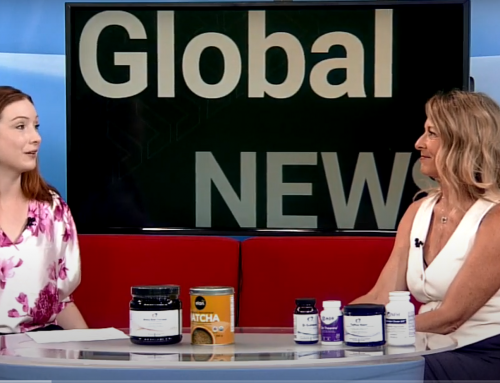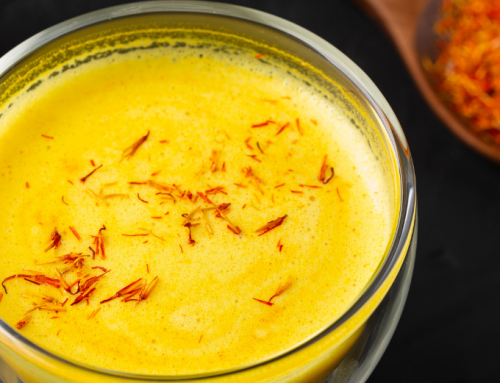If you’re like me, you’ve been walking by the large bins of pumpkins in the grocery stores for the past month, thinking to yourself “Should we carve pumpkins this year? Seems like a lot of work.” Maybe if you have kids who have grown up and moved out of the house, it feels like an outdated tradition.
If you are partaking in pumpkin carving this season, keep reading for some fun ways to use your pumpkin guts, so the leftovers don’t go to waste.
If not, here are some fun fall recipes that you can enjoy anyways, with pumpkins or another winter squash.

Pumpkin’s research-backed benefits
These familiar, hefty, orange fruits are so commonplace, especially at this time of year, that it can be easy to forget their value. Pumpkins, including their seeds and leaves, are used in a variety of recipes all around the world. The pumpkin seeds and flesh are packed with nutrients and fiber. Historically, pumpkins have been used in systems of traditional medicine for urinary and digestive system support.
A 2010 review by the Cambridge University Press shone a light on some of the health-promoting components of pumpkins, including:
How to Use Your Pumpkin Guts
Now that you know why you may want to include pumpkin in your diet, here are some fun ideas for how to use different parts of the plant.
Let us know if you try any of these out, or if you have other creative ways of using your pumpkin leftovers. We’d love to hear from you!
Written By: Chinonso Miniely
Sources: Yadav, M., Jain, S., Tomar, R., Prasad, G., & Yadav, H. (2010). Medicinal and biological potential of pumpkin: An updated review. Nutrition Research Reviews, 23(2), 184-190. doi:10.1017/S0954422410000107





